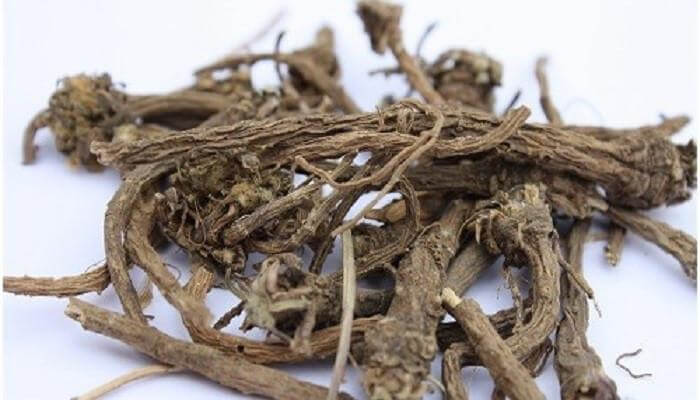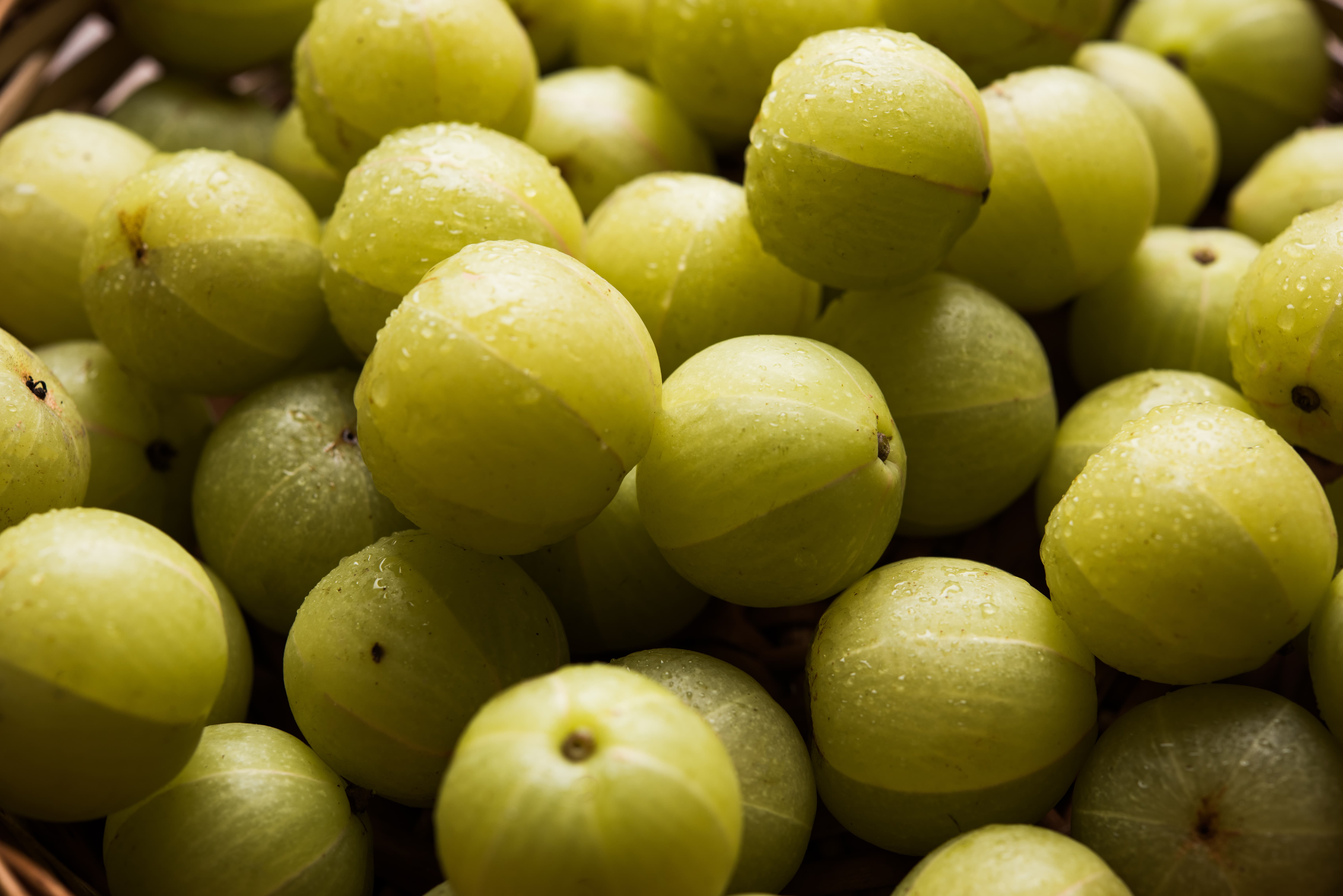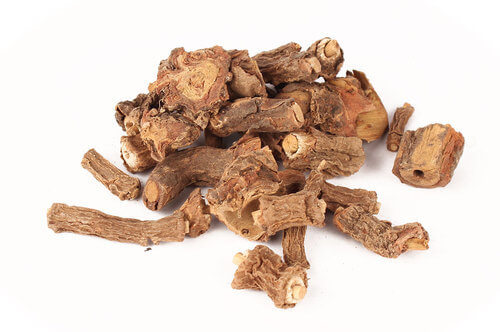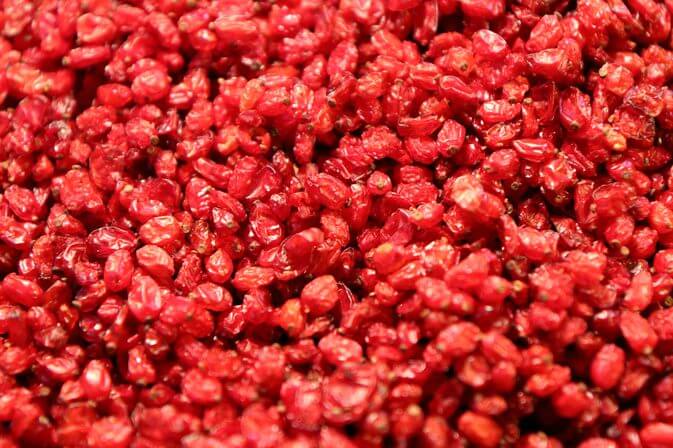Herbs
Anacyclus pyrethrum (Akkalkara)
Anacyclus pyrethrum (pellitory, Spanish chamomile, or Mount Atlas daisy) is a perennial herb much like chamomile in habitat and appearance. It is in a different family (Asteraceae) from the plants known as pellitory-of-the-wall (Parietaria officinalis) and spreading pellitory (Parietaria judaica). It is popular as a food spice. It induces heat, tingling and redness when applied to the skin. It is called Akkal-Kara in Hindi, Akkal Kadha in Marathi, and Akkarakaaram (Tamil: அக்கரகாரம்).
Amba Haldi(Raw Turmeric)
Amba Haldi or ambiya haldi is also known as kachhi haldi(raw turmeric). It is considered as one of the most vital herbs in the ayurvedic medicinal system. It is reared and cultivated in India to be used in various medicines. Amba haldi(raw turmeric) is a blood revitalizing agent. It helps in purifying blood by eliminating toxins from our body. Amba Haldi helps in healing throat infections. It helps in treating tracheobronchial and nasal congestion. Amba haldi helps in maintaining blood sugar levels.
Amla (Indian Gooseberry)
The Indian gooseberry belongs to the Euphorbiaceae family. This fruit ripens in the autumn in wet, forest, hilly areas on the Indian subcontinent and is considered as a sacred tree in India. Gooseberry is very rich in vitamin C and contains many minerals and vitamins like calcium, phosphorus, iron, carotene, and vitamin B complex. Amla enhances food absorption, balances stomach acids, fortifies the liver, nourishes the brain and mental functioning, and supports the heart. It also strengthens the lungs, regulates elimination of free radicals, enhances fertility, helps the urinary system, improves skin quality, and promotes healthier hair. This fruit acts as a body coolant, flushes out toxins, increases vitality, aids in vision care, improves muscle tone, and acts as an antioxidant.
Anantmool (Hemidesmus indicus)
Anantmool or Hemidesmus is an Ayurvedic herb, used to treat numerous diseases and ailments. It is an ingredient in Ayurvedic medicines, used for its medicinal properties.
Anardana (Dried Pomegranate Seeds)
Dried pomegranate seeds, known as anardana, are used in a variety of ways. They are rich in vitamins C, K and 6. They also contain the minerals potassium and copper.
Arjun Chal (Terminalia Arjuna)
Terminalia arjuna is a tree of the genus Terminalia. It is commonly known as arjuna or arjun tree in English. The Arjuna plant (lat. Terminalia Arjuna) has traditionally been used to treat heart disease for centuries, which is why it got the nickname “Guardian of the heart.” It’s named after the hero of the famous epic “Mahabharata”, because of its protective effects.
Ashwagandha (Withania Somnifera)
Withania somnifera, known commonly as ashwagandha, Indian ginseng, poison gooseberry, or winter cherry, is a plant in the Solanaceae or nightshade family. Several other species in the genus Withania are morphologically similar. Although commonly used as a medicinal herb in Ayurvedic medicine, there is no conclusive clinical evidence that it is effective for treating any ailment.
Atis, Ativisha (Aconitum Heterophyllum)
Ativisha or botanically Aconitum Heterophyllum is an important ayurvedic herb used in ayurvedic pediatric medicine. Its roots are commonly used for fever management in infants and children. It is also known as ATEES in Hindi. It helps in the treatment of bronchitis, persistent cough, upper respiratory tract infections, common cold, flu, and malaria.








